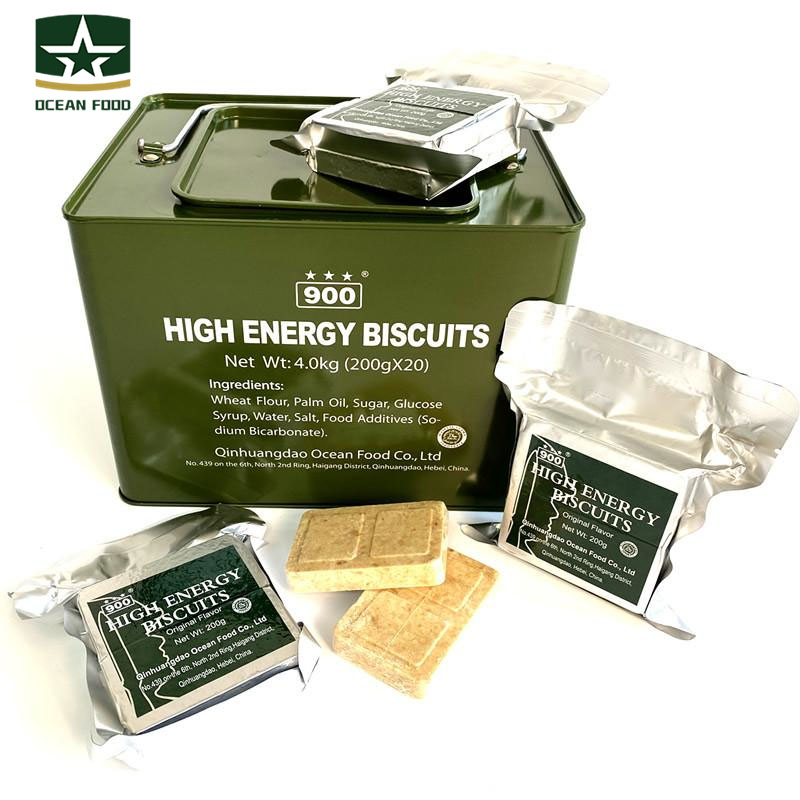From Ingredients to Indulgence: The Intriguing Process of Manufacturing Compressed Biscuit Foods
2024-03-02
Introduction:
Behind every delectable bite of compressed biscuit foods lies a meticulously crafted manufacturing process. These portable snacks, beloved for their convenience and nutritional value, undergo a series of steps to transform basic ingredients into flavorful treats. In this blog, we'll take a deep dive into the fascinating journey of manufacturing compressed biscuit foods, uncovering the special techniques and attention to detail that make these snacks a favorite among consumers.
1. Ingredient Selection:
The manufacturing process begins with the careful selection of high-quality ingredients. Flour, sugar, vegetable oils, milk powder, eggs, and flavorings are among the primary ingredients used in compressed biscuit foods. Manufacturers prioritize ingredients that meet stringent quality standards, ensuring consistency, freshness, and nutritional value in the final product.
2. Mixing and Blending:
Once the ingredients are gathered, they undergo a precise mixing and blending process to achieve the desired consistency and flavor profile. Large-scale mixers combine the dry ingredients with liquids such as water or milk to form a homogenous dough. Special care is taken to evenly distribute flavorings, additives, and fortifications throughout the dough to ensure uniformity in taste and nutritional content.
3. Dough Preparation:
The mixed dough is then processed to achieve the desired texture and shape. Depending on the specific recipe and product requirements, the dough may be extruded, molded, or rolled into sheets. Advanced machinery and equipment are used to control the thickness, size, and shape of the dough, ensuring consistency and precision in the manufacturing process.
4. Baking or Drying:
Once the dough is formed, it undergoes baking or drying to remove excess moisture and achieve the desired texture. Baking ovens or drying chambers subject the dough to controlled temperatures and humidity levels, allowing it to set and firm up while retaining its shape and structure. This step is crucial for creating the characteristic crispness and crunchiness of compressed biscuit foods.
5. Compression:
The hallmark of compressed biscuit foods is their dense and compact texture, achieved through a specialized compression process. After baking or drying, the biscuits are subjected to high pressure using hydraulic presses or rollers. This compression step compresses the biscuit dough, reducing air pockets and creating a dense, sturdy texture that enhances shelf stability and portability.
6. Cooling and Packaging:
Once compressed, the biscuits undergo a cooling process to stabilize their structure and prevent moisture loss. After cooling, the biscuits are carefully inspected for quality and consistency before being packaged. Advanced packaging machinery seals the biscuits in airtight containers, such as foil pouches or vacuum-sealed packs, to preserve freshness and extend shelf life.
7. Quality Control:
Throughout the manufacturing process, stringent quality control measures are implemented to ensure that compressed biscuit foods meet high standards of safety, consistency, and excellence. Quality control personnel conduct regular inspections, tests, and audits to monitor every aspect of production, from ingredient sourcing to packaging, and to address any deviations or issues that may arise.
Conclusion:
The manufacturing process of compressed biscuit foods is a testament to precision, innovation, and craftsmanship. From ingredient selection and mixing to compression and packaging, each step is carefully orchestrated to create snacks that are not only delicious and nutritious but also reliable and convenient for consumers on the go. With their unique manufacturing techniques and attention to detail, compressed biscuit foods continue to delight taste buds and fuel adventures around the world.



